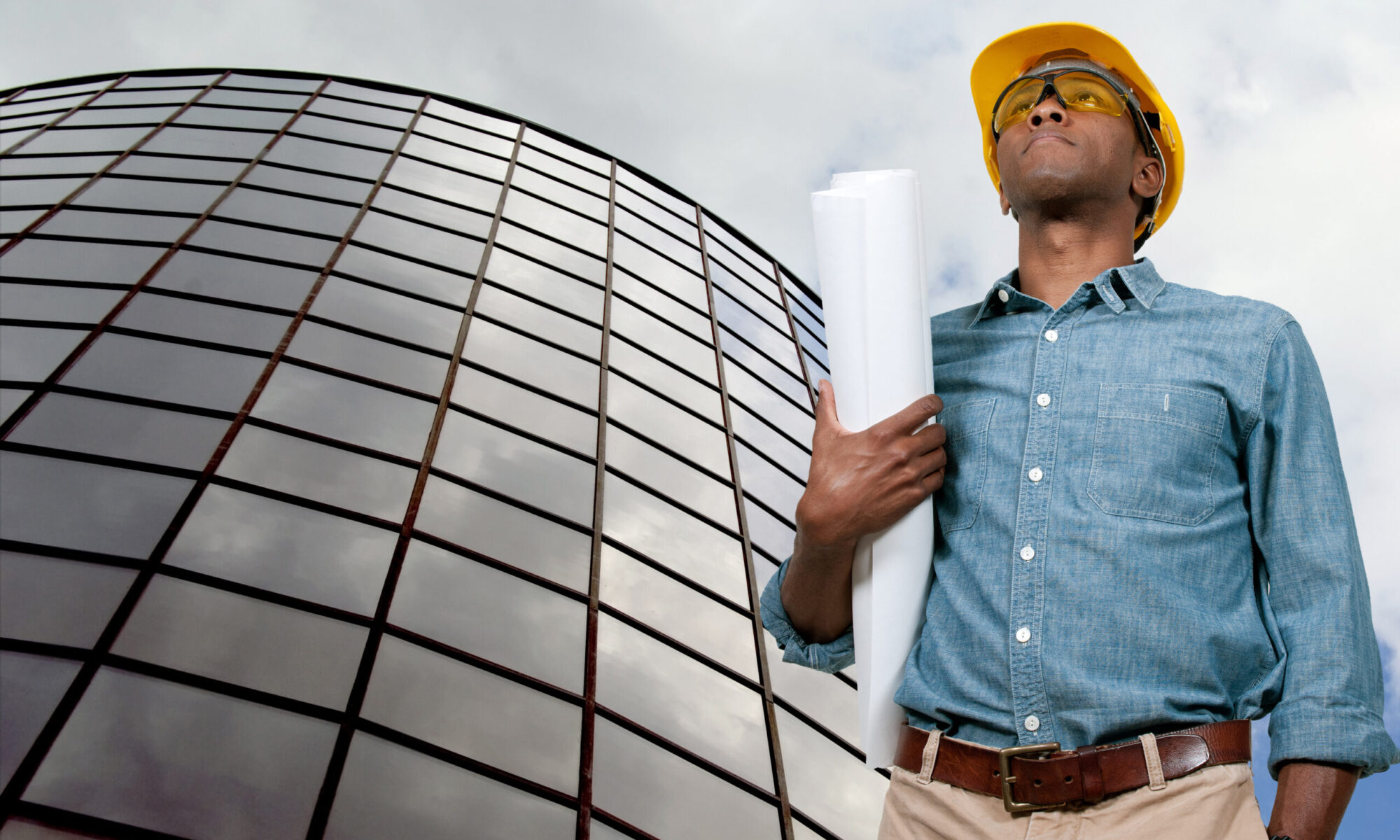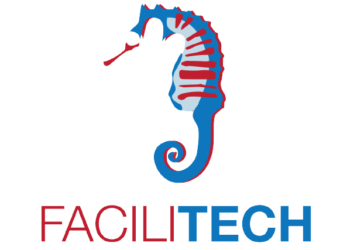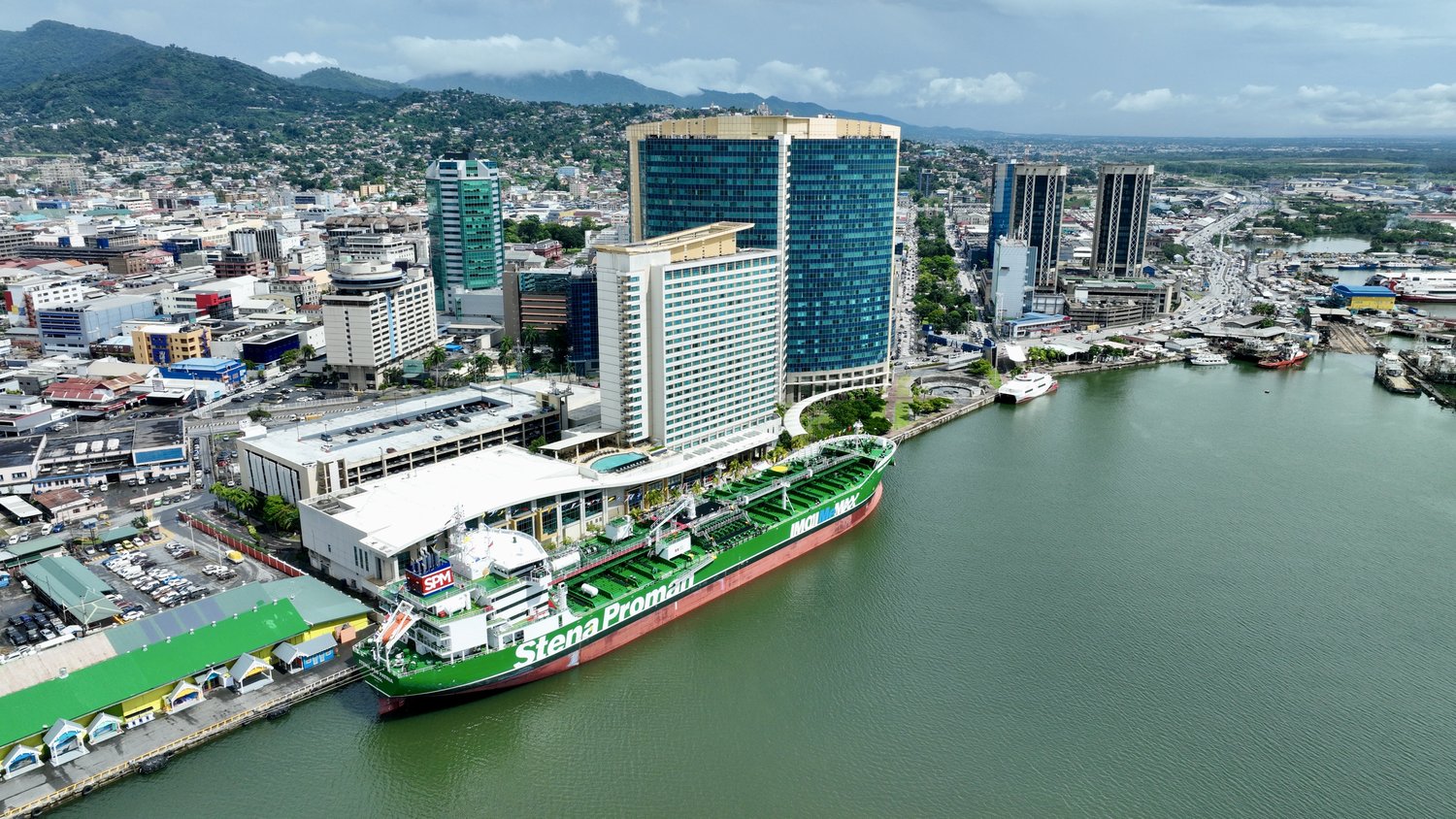Eye for Innovation: Exploring T&T’s Innovation Ecosystem
In recent times Trinidad and Tobago has been making remarkable strides in embracing innovation and technology. From advancements in renewable energy to digital transformation and sustainable agriculture, this vibrant nation is positioning itself as a rising star in the regional and global innovation landscape. Yet in a recent poll conducted among local technology professionals, when asked the question “Do you consider T&T to be an innovative nation?” A resounding 90% of the respondents said “No”. This sentiment may have some legitimacy, as T&T for 2022 was ranked an embarrassing 101st place out of 132 countries in the Global Innovation Index. Being outranked by numerous nations with much lower GDPs, including Jamaica which ranked at an impressive 76th place. In this article, we will examine T&T’s innovative history, explore some of the exciting strides in innovation currently taking place, and surmise whether or not we are truly an innovative country.
T&T the “Cultural Capital of the Caribbean”
When we study T&T’s history of innovations, we discover an overwhelming contribution toward culture. Whether it is in music, dance, cuisine, or festivals, T&T is home to a rich diversity of cultural innovations such that National Geographic has dubbed this nation the “Cultural Capital of the Caribbean”. In the category of musical innovations, we created the Steel-pan, Kaiso, Soca, Rapso, Extempo, Chutney, and Parang. When it comes to innovations in cuisine, we are unmatched in the region. T&T has made the world a better place with culinary innovations like Doubles, Pholourie, Geera, Saheena, Chokas, Souse, Mother-in-law, Curry Duck, Bake & Shark, Oil Down, Pelau, Curry Crab and Dumpling just to name a few. The manufacturing sector is not to be left out in this list as innovative products like Angostura Bitters, Carib’s Shandy Sorrel, SM Jaleel’s Chubby, Moruga Hill Rice, Swiss Mambo Sauce, and Trinitario Chocolate immediately come to mind. In the area of festivals, while Carnival may be our most popular cultural export, it does not exist alone. Hosay, Santa Rosa, Tobago Heritage, Goat Race, and Emancipation Day are all festivals that have been locally fermented. As a nation, we have also collectively developed structures, institutions, and systems that are unique to the region. The Priority Bus Route, Pt. Lisas Industrial Estate, The National Gas Company, and the Queens Park Savannah are easy mentions. What about the Buffalyso and the Moruga Scorpion Pepper, agro-innovations that are world-renowned? So to say that we are not an innovative country, I think is a question open to serious debate. However, despite our overachievement in the area of cultural innovation, the negative sentiment amongst professionals and entrepreneurs towards our innovative competence of today stems from a major deficit in the area of technological innovations and ease of doing business using E-finance.
According to a 2021 WIPO Report (World Intellectual Property Organization) relative to GDP, T&T’s performance is below expectations for its level of development and produces fewer innovation outputs relative to its level of innovation investments. This is therefore a situation that demands the country’s immediate attention. Especially if we are concerned about providing a sustainable future for a nation that is not dependent on the oil and gas sector. It would appear that this reality is not lost on the government of the day. In recent times the government has been making significant investments in developing innovation and technology. From advancements in renewable energy to digital transformation and sustainable agriculture, we’ll explore the strides that have been made within T&T’s innovation ecosystem.
Renewable Energy and Sustainability
Trinidad and Tobago, historically known for its energy sector dominated by oil and gas, is now placing a strong emphasis on renewable energy. With a target of 30% of electricity from renewable sources by 2030, T&T has placed a focus on solar PV and wind (offshore and onshore) energy electricity generation. The stage is therefore being set for innovation in this sector. The government has implemented policies to promote clean energy sources such as solar and wind power, leading to a significant increase in renewable energy projects across the islands. Of particular significance is the construction of the $12M Solar Energy Park at Piarco Airport. This shift towards sustainability also includes the manufacturing of solar and wind components, the development of the green hydrogen economy, battery component assembly and manufacturing, as well as energy storage projects.
Digital Transformation and Innovation
The country is undergoing a digital transformation, integrating advanced technologies to improve efficiency, safety, and sustainability. This commitment was marked by the establishment of the first Ministry of Digital Transformation in July 2021. Digital instruments like Access TT, e-Identity, GovNeTT, and DevelopTT are part of the mandate to facilitate the development of a Digital T&T. One where the population has access to, and the skills to use ICT in their everyday lives. But what does digital transformation have to do with innovation? Digital transformation and digital innovation are related but distinct concepts. Digital transformation is about using technology to fundamentally change how a business operates, while digital innovation is about continuously creating new and improved digital products, services, and business models. Many local entrepreneurs who wish to be part of international platforms such as eBay and Amazon complain that local legislation regarding global E-Finance is almost nonexistent. Hopefully, as the nation makes progress towards digital transformation the opportunities for digital innovation will now be increased.
Innovation in Agriculture
Agriculture plays a vital role in T&T’s economy, and the nation is leveraging innovation to enhance productivity and sustainability in this sector. Innovative technologies, such as precision agriculture, vertical farming, farm automation, agrivoltaic technology, autonomous drones, and hydroponics, are being adopted to maximize crop yields while minimizing resource consumption. The use of data analytics and sensor technologies is enabling local farmers to make informed decisions, optimize irrigation, and monitor plant health, leading to increased profitability and reduced environmental impact. The Agri-investment Forum and Expo held in August 2022 provided a platform for more than 300 local businesses and entities to showcase innovative technologies. It was a great opportunity for all companies involved to raise awareness about the products and services available to local farmers and gardeners.
Tech Start-ups and Entrepreneurship
Trinidad and Tobago’s vibrant start-up ecosystem is fuelling innovation and entrepreneurship. The government, along with private sector partners, has established programs and initiatives to support the growth of tech start-ups. Incubators and accelerators provide mentorship, funding, and resources to budding entrepreneurs, helping them transform their ideas into viable businesses. We take note of Initiatives like CARIRI’S Shaping the Future of Innovation and the Youth Innovation Lab, UWI’s St. Augustine Centre for Innovation and Entrepreneurship, and The Chocolate Factory, to name a few. This entrepreneurial spirit led by Innovation leaders CARIRI, UWI, UTT, IAOTT (Innovation Association of Trinidad and Tobago), and others are fostering innovation in various sectors, including Fintech, e-commerce, healthcare, and education.
Education and Skills Development
Recognizing the importance of equipping the workforce with the necessary skills for a digital future, Trinidad and Tobago is investing in education and skills development programs. STEM (Science, Technology, Engineering, and Mathematics) education initiatives are being expanded to cultivate a generation of innovators and problem solvers. Furthermore, partnerships between educational institutions and the private sector are enabling students to gain real-world experience through internships and collaborative projects, bridging the gap between academia and industry. For example, NIHERST in collaboration with Shell T&T has established the S.T.R.E.A.M Program and the Digitization Academy. Aimed mainly at secondary school and university students, these programs aim to strengthen the energy sector’s talent pipeline and the country’s progress in economic diversification.
Conclusion
Trinidad and Tobago is undergoing a remarkable transformation, embracing innovation across sectors to build a sustainable and prosperous future. By prioritizing renewable energy, fostering digital transformation, supporting tech start-ups, and investing in education, the twin island republic is positioning itself as a hub of innovation in the Caribbean. As these efforts continue to gain momentum, Trinidad and Tobago is set to make significant contributions to the global innovation landscape and hopefully in short order improve its global innovation ranking. So the question remains “Do you consider Trinidad and Tobago to be an Innovative nation”. I aim to help the reader answer this question not with merely one article, but a series of articles entitled Eye for Innovation. Explore with me the innovation ecosystem of Trinidad and Tobago as we speak directly to the movers, shakers, stakeholders, and the innovators themselves. It promises to be an exciting and educational journey. Stay tuned for the next one.






